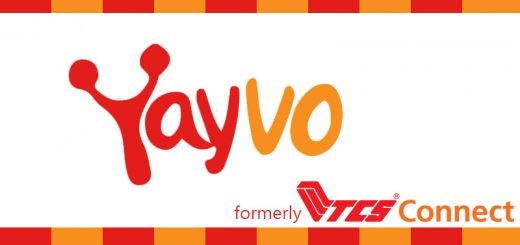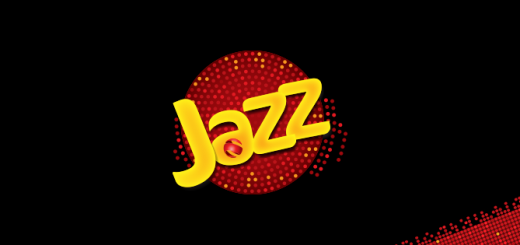Huawei Media Pad T 1 7.0 & Q Tab-Q800- A Thorough Comparison
The age of fast paced technological modernization and innovation is upon us and it most certainly requires the technology producing companies to bring to the customers, consistently, such smart devices which would bring the ultimate tech experience within their access in an economical packaging. In this regard it can be said verily that Huawei is playing the major role of satisfying the diversified needs of the technology seekers through exclusively affordable smart products.
Along with the ever growing and flourishing field of smart phones, the likeness of customers for Tabs is also experiencing a constant rise, especially for those Tabs which also serve as phone, thereby phablets, which are beautifully designed and aptly equipped with latest apps and features. Huawei, Media Pad T 1 7.0, recently launched in the Pakistan market has taken the sales of Huawei phablets to the next level and has given the users an ultimate fun-filled experience in an extremely affordable price.
Given the price range, this Huawei phablet has proved to be an excellent 3G supported smart device competent to give tough competition to the local Q mobile phablet, Q800. Below is given the detailed comparison of these smart devices.
Structure & Design:
Huawei Media Pad has an attractive Aluminum Metallic Unibody housing, which gives phablet and exclusively amazing façade. With most of the companies launching their devices with either patterned or generic designs, this phablet of Huawei gives a fresh feel to the eye because of its excellently fine exterior. Whereas the design of QTab is quite generic, smooth back with camera at the top with flashlight. Both these phablets are round edged; carry their power on/off and volume keys on the right side, the rear camera on the upper left corner and the speakers on the bottom. If, one is to give points on the appearance, then surely Media Pad would take the lead because change is the basic factor of growth and particularly when one is bound in a specific price range than a pleasant looking, freshly designed device appeals the most to the customers.
Display Screen:
Talking about the display, Huawei’s Media Pad T1 7.0 possesses a 7inches large 169 PPI screen whereas the QTab has 7.86 inches, 163PPI screen. The 7 inch display screen of the media pad, although slightly smaller in comparison to the QTab, is more aptly manufactured o give detailed images, pictures and movie viewing experience. The finely crafted design enables the Media Pad to exhibit a more enhanced viewing experience, because the screen looks bigger to the eye facilitated the modern TOD technology.
The Capacitive soft keys (Home, Back and Menu) are placed in the bottom of the full touch screens of these phablets. Huawei Media Pad carries its latest EMUI 3.0, which makes the management system of this smart phablet extremely smooth and easily comprehensible.
OS & Processor:
The brain of the smart devices i.e. the processor plays the major role in delivering an excellent performance. Here, Media Pad has been loaded with 1.2 GHz Quad core processor and the latest Android 4.4 KitKat operation system whereas the QTab carries 1.3GHZ Dual core processor the Android 4.2 Jelly bean operating system.
It is quite evident from the aforementioned specs that the performance of the Media pad would be certainly more smooth and efficient than the QTab because of the Quad core processor and latest Android KitKat operating system. Huawei has undoubtedly manufactured an utterly amazing phablet for those tech seekers, who like to remain within their budget but they wouldn’t want to miss the modern technology features.
Storage:
Now let’s discuss storage capacity of both these phablets, they carry 1GB RAM and 8GB ROM, memory extendable up to 32GB.
This certainly shows that both the companies have keen importance to the fact that the storage capacity matters a lot when it comes to such devices, which are excessively used in daily lives. As through the term, phablet, it is quite evident that these smart devices have been manufactured to serve the purpose of both, a tablet and a phone and this would definitely require large storage area, so that no necessary data is ever lost, may it be pictures, videos or official files etc.
Camera:
The camera quality is also another important feature of smart phones and tablets and it is that factor which changes the device preferences of certain customers. Huawei’s Media Pad T1 7.0 and QTab both carry a 2MP front camera but the rear camera of QTab is 5MP with LED and that of Media Pad is only 2MP.
Although, one might not take into notice this feature that much because of the other attractive features of Media Pad, as photography is not the primary function of a Phablet but still here, Media Pad has surely lost some points to the QTab because of the rear camera quality and also because of the LED feature with the cam.
Battery:
Talking about the life force of a smart device, the battery capacity has got a pivotal position for the smooth functioning of a device. The power house of Huawei Media Pad is all loaded with 4100 mAh power whereas the QTab is loaded with quite less 3000 mAh battery power. Now this surely is a big difference, because repeated charging can be a bit annoying during a work loaded day. With the super power battery of Media Pad along the efficient Smart Power Consumption control technology, the Huawei Phablet, is surely going to last longer and deliver seamless extraordinary user experience.
Pricing:
Well, last but not at all the least the pricing of these phablets is quite close with Media Pad available for Rs. 14,699/- and the Q mobile’s QTab Q800 for Rs. 14, 500/-. Both these phablets have been quite reasonably priced considering the general market condition with regards to the sales of the phablets. Both these devices are 3G supporting and Dual SIM but if you are to pick one of these two then surely the choice would be Huawei’s Media Pad T1 7.0 because of its exclusively attractive design, super efficient processor and operating system and heavy powered battery.

















